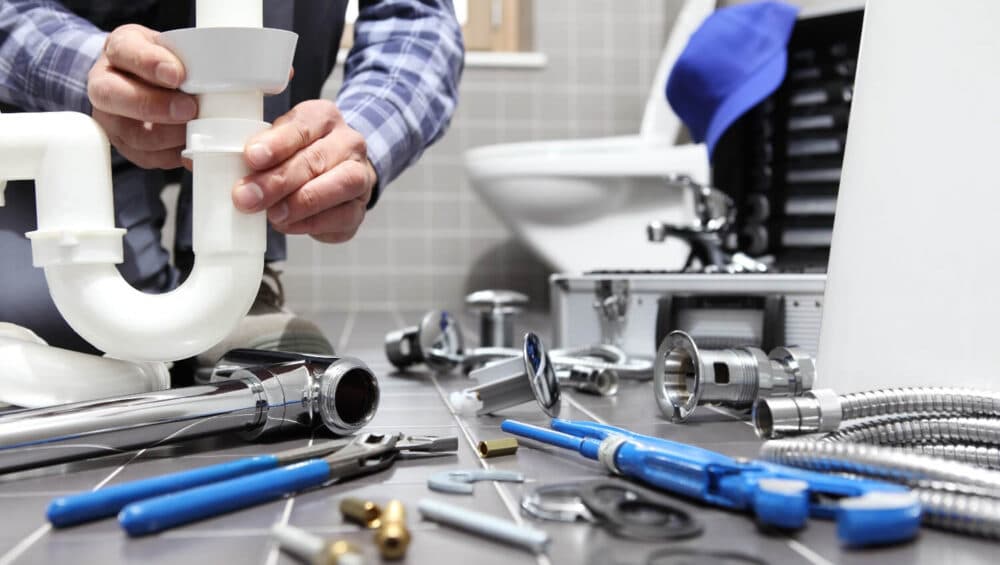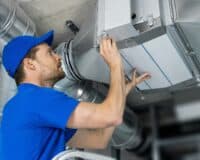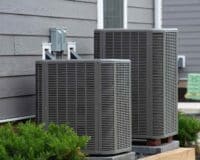Understanding the functions and mechanisms of your plumbing system can help you identify and address plumbing issues effectively. Although essential for your home, many homeowners lack this knowledge. Your plumbing system has a water heater that stores hot water in a tank and then supplies it to your fixtures. Alternatively, you might have a tankless water heater that heats water on demand.
Your plumbing system is divided into two subsystems: freshwater and wastewater. The freshwater subsystem provides water to your upstairs fixtures with sufficient pressure. On the other hand, the wastewater subsystem transports used water away from your house. The water may either go to a municipal sewer or a septic tank, depending on your wastewater system.
How does water get into my home?
The majority of households obtain their water from a public supply system in their town or city. These systems are responsible for sourcing water from either a well, or other body of water and pumping it to a water tower. The location of the source depends on the natural geography of the area. Once the water is obtained, it is treated and filtered to ensure it is safe for consumption. In some cases, the water tower is situated on higher ground, which allows gravity to transport the water through supply lines directly to homes. Alternatively, the supplier may need to pump the water to supply it to local households.
How is fresh water sorted to sinks and showers?
Your home’s main water supply line brings in fresh water which is then pumped under pressure through pipes made of plastic, iron, or copper. These pipes supply every fixture in your home – toilets, faucets, and showers. The water that feeds your water heater also travels through these pipes to supply hot water to your fixtures. Pressure is necessary to move water through your plumbing system and allows the water to travel upward to reach upstairs fixtures and navigate corners in the pipework.
How is wastewater taken away?
Your drainage system works differently from the freshwater system. It relies on gravity to move the water and waste downwards through the fixture drain without being pressurized. The fixture drainpipes have curved sections, known as traps, to stop waste gases from entering your home. So, whenever you flush the toilet or let water flow down the plughole, it travels downwards due to gravity. The drains from your sinks and toilets are connected to pipes in the walls that slope slightly downward. These pipes then join with larger vertical pipes called soil stacks which are connected to the main drain of your house. This main drain is typically located under your house. The angle of the main drain line is designed to move wastewater and solid waste toward either the municipal sewer main or septic field. The municipal sewer main, which is owned by the city or county, is responsible for transferring sewage to a wastewater treatment plant. Although some municipal sewer lines rely on gravity to transport water, others use pumps for this purpose. If you live in a more rural area, chances are you may have a septic tank where wastewater is stored and emptied about every 3-5 years.
Regular maintenance and inspections are important to keep your home plumbing system running smoothly. It provides clean water and safe disposal of wastewater. You may need assistance from a professional plumber to tackle some plumbing tasks, but with the right knowledge and tools, you can confidently handle many jobs yourself. Ensuring the good condition of your home’s plumbing system will ensure a reliable source of clean water for years to come.
If you feel an inspection is due, feel free to contact us at:



